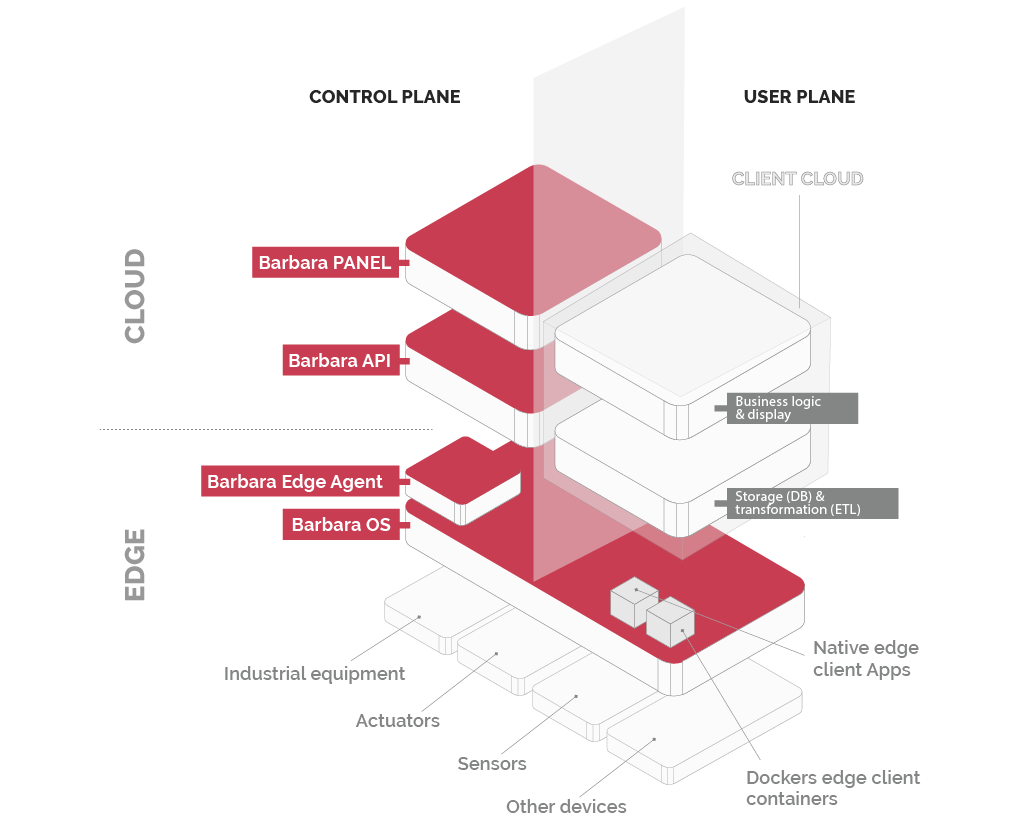Predictive Maintenance: how IoT helps reduce O&M costs
New technologies are changing maintenance techniques. In just five years, predictive maintenance has gone from an uncertain use case to a fast-growing application with a clear return on investment.
Maintenance in the digital age
In order to better understand what predictive maintenance is, it is useful to explain what different maintenance tasks generally occur in the industrial world. Classical maintenance usually has two approaches:
- Corrective maintenance: this is aimed at solving breakdowns and incidents once they have been detected. They can be the result of a routine inspection or even an emergency, if they cause a serious unscheduled incident. This type of maintenance is part of the traditional maintenance that is part of any industry.
- Preventive maintenance: aims to prevent serious unscheduled breakdowns or incidents from occurring. It is an investment to avoid having to incur major expenses (those that occur when a failure occurs). It is a labour-intensive maintenance with a high maintenance cost.
Preventive maintenance relies on different factors to decide when it should be carried out. The most common and widespread factor is time: scheduled maintenance work is carried out on a regular basis, in which the components of industrial assets or equipment are checked to see if any need to be repaired or replaced.
If instead of using factors such as time, we rely on data that gives information about the intensity of use, performance and how the asset is behaving, and based on that data we can create models for maintenance work, we can start to talk about predictive maintenance.
From preventive to predictive maintenance
In order to perform predictive maintenance, we first need to be able to monitor certain parameters and extract data. To capture these parameters and see how they evolve, technologies such as IoT come into play.
IoT technologies make it possible to collect data from sensors, actuators and other equipment in real time and make this information available anywhere. The parameters to be monitored will depend very much on the type of asset we want to check and its function. They can be such as:

- Noise: The sound pattern, or simply the volume of noise generated by certain parts of a machine can give information about possible wear and tear or foreseeable failure.
- Vibration: Changes in the vibration of machinery can be a sign of a possible breakdown or wear of a component.
- Temperature (through sensors or even thermographic images): overheating points can be an indicator of a possible failure.
- Pressure: Hydraulic pressure changes in certain elements can be used to detect blockages or leaks.
It is the evolution of the measurements of these parameters, alone or in combination, that provide the information used to build prediction models. Over time, in fact, models have become more complex as they use more data sources to make their predictions. This is also where data intelligence-oriented technologies come in, such as machine learning, edge computing and artificial intelligence, which automate the actual production of prediction models, and generate the necessary warnings.

Implementation of predictive maintenance in O&M
Predictive maintenance seeks to optimise incident resolution pathways and minimise unplanned downtime of an industrial asset or machine.
It is particularly attractive in sectors whose assets have a high intensity of use and whose involuntary or unscheduled downtime can have a very negative impact on the company (financially or otherwise).
A good example is the more manufacturing-oriented sectors such as the automotive industry or critical sectors such as railways, aerospace, or Utilities such as Energy or Oil & Gas . In these types of industries, downtime in the production chain has a direct impact on turnover, so any improvement that helps to minimise these situations has a high positive impact.
Another example is the electricity distribution sector. Transformation centres are points of intense activity and high impact. They transform the electricity that arrives at high or medium voltage to low voltage so that citizens can consume it.
When a breakdown occurs in a transformer station (for example due to overloading due to excess demand or a physical problem in one of the station's equipment), the impact for the company is not only economic, but also has important consequences for the population, and also generates considerable reputational damage. This is why this is one of the sectors where most progress is being made in providing intelligence to its assets and working on different improvement mechanisms such as predictive maintenance.
Similar to the previous case, the water sector is a sector whose performance has a direct impact on the population. Its problems are similar: any equipment failure that impacts on the supply chain of drinking water to citizens means damage for both the company and its customers, which is why this is another of the sectors that most seeks the optimisation and digitisation of its processes, including predictive maintenance among its modernisation priorities.
From an unclear ROI to a must-have O&M application
For a long time, maintenance has been considered a greater evil, a cost rather than a profitability factor in business. However, with the incorporation of new technologies such as AI, the Computing at the Edge, companies are seeing that they can achieve significant competitive advantages.
The decision on whether to invest in predictive maintenance techniques, logically, is usually based on the return on investment that companies can achieve. Although, as we have seen, there are sectors that can be affected from a reputational and not only economic point of view, it is this last point that weighs most heavily when deciding on the initial investment.
In this regard, IoT Analytics highlights in its report on the predictive maintenance market the evolution of ROI (return on investment) in recent years, and its forecasts for the coming years. According to this study: 29% of the companies interviewed have already invested in artificial intelligence solutions for maintenance and 40% of respondents say they will invest in Predictive Maintenance solutions in the next two years.
While in 2016, companies were not very clear about the ROI of implementing IoT solutions for predictive maintenance, by 2021, more than 80% of companies that have implemented it claim a positive ROI, and half of them also claim to have recovered their investment within a year.
The forecast for the coming years, with the improvement in IoT technologies as well as in machine learning and artificial intelligence models, is that predictive maintenance will become an indispensable tool in any industrial company.al.
The egde Intelligence Platform for predictive maintenance

Barbara's Cybersecure Industrial Edge Platform is aimed at facilitating the implementation of these predictive maintenance models. It not only allows the capture of data from sensors, actuators and other industrial elements of any type, but also facilitates the execution of edge computing algorithms, allowing the implementation of much more complex predictive models and automated decision-making.
If you have been interested in this article and you are interested in implementing a predictive maintenance project , please contact us.









